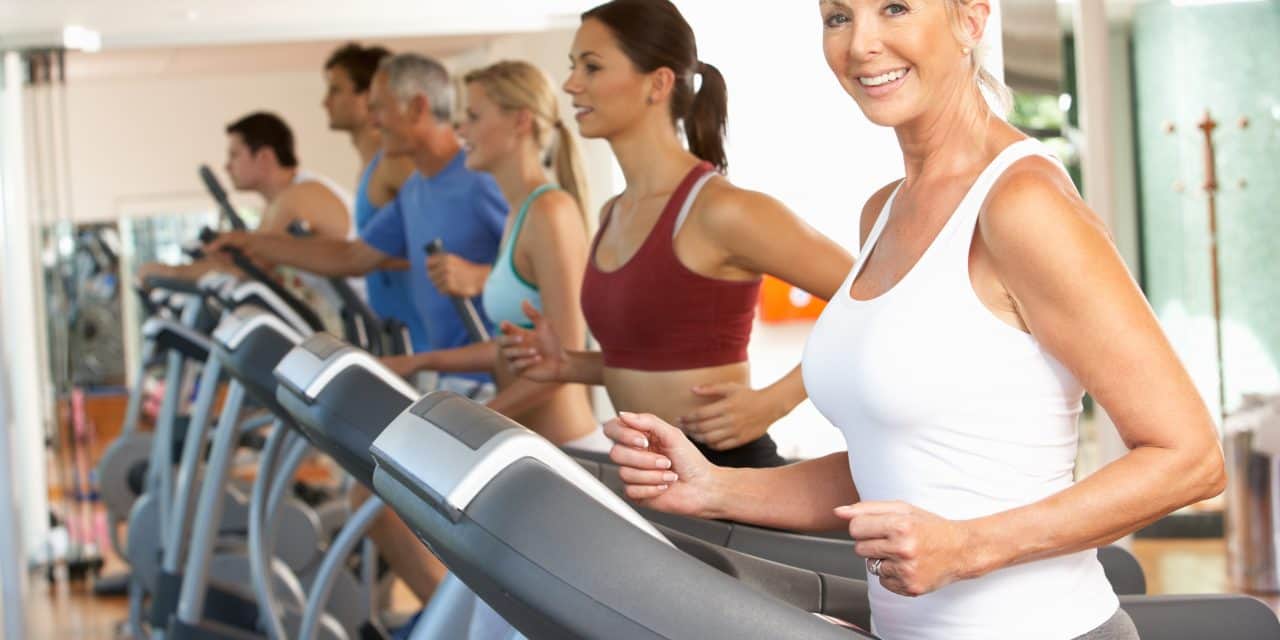Why exercise becomes more important as we age
Exercise becomes more important as we age, providing many benefits including increasing lifespan and reducing inflammation.
The majority of adults don’t get enough physical activity to optimize health and improve their quality life. If we are sedentary, the risk of premature death and disease increases to the same extent as being a smoker.
By contrast, regular physical activity not only increases level of fitness and health, but also increases our lifespan by approximately 3-5 years.
Equally, we can have the best diet, eat handfuls of supplements and have a positive attitude, but if we are sedentary, we may lose many of these benefits.
So how does exercise work for us?
Exercise burns calories
Exercise burns calories that would otherwise be deposited as fat around our abdominal area.
Consequently, regular exercise not only helps with weight control but it also improves the proportion of muscle tissue to body fat – a change that reverses the effects of aging.
However, the value of regular exercise is not just about reducing body fat; the effects are wide ranging, slowing down the normal aging process in many body systems.
Exercise is anti-aging
Physical activity modifies many of the factors that contribute to aging and disease, including heart disease, diabetes, dementia, depression, osteoporosis and cancer.
It reduces the effects of free radicals, inflammation, advanced glycation end products (AGEs) and stress. It also helps lower high cholesterol, glucose and blood pressure levels.
Exercise can modify hormones that impact the aging process, including reducing blood insulin levels (and insulin resistance), and increasing the anti-aging hormones, growth hormone, testosterone and DHEA.
Exercise increases reserve
Regular and progressively increasing levels of different types of exercise or physical training stimulates specific body systems and results in adaptations to its natural defense pathways.
We call these adaptations ‘getting fit’.
For example, if you overload your heart and circulatory system with a regular walking program, the capacity of this system also increases, so you can do more with less effort and fatigue.
Regular exercise will also improve the body’s repair and regeneration mechanisms that protect against future damage during exercise.
Exercise is protective
If you progressively overload your muscles during resistance training they will adapt to become bigger and stronger. Stronger muscles will preserve capacity to carry out daily tasks and maintain our quality of life when we are older.
Strength training also increases bone strength, reducing our risk of a fracture during a fall, for example.
Increased levels of endurance, strength and balance increase the threshold for disability and dependence as we age.
Although exercise releases free radicals, the higher antioxidant levels that result from becoming fit means oxidative stress is also lower in the long-term.
Exercise improves our brain
Being fit also makes us think better. Exercise stimulates the growth and development of brain cells, increasing their capacity for learning and memory and slowing the loss in mental performance and diseases associated with aging.
Physical Activity Guidelines for Americans
The Office for Disease Prevention and Health Promotion in America has the following guidelines for older adults:
- All older adults should avoid inactivity. Some physical activity is better than none, and older adults who participate in any amount of physical activity gain some health benefits.
- For substantial health benefits, older adults should do at least 2 hours and 30 minutes a week of moderate-intensity, or 1 hour and 15 minutes a week of vigorous-intensity aerobic physical activity, or an equivalent combination of both. You should perform aerobic activity in episodes of at least 10 minutes, and preferably, spread it throughout the week.
- For additional and more extensive health benefits, older adults should increase their aerobic physical activity to 5 hours a week of moderate-intensity, or 2 hours and 30 minutes a week of vigorous-intensity aerobic physical activity, or an equivalent combination of both.
- Older adults should also do muscle-strengthening activities that are moderate or high intensity and involve all major muscle groups on 2 or more days a week, as these activities provide additional health benefits.
References
- Office for Disease Prevention and Health Promotion: Physical Activity Guidelines for Americans – https://health.gov/paguidelines/guidelines/chapter5.aspx (accessed April 11 2017)
Last reviewed 11/Apr/2017
Editor
Latest posts by Editor (see all)
- Oily fish and diabetes prevention - 04/06/20
- Manage the andropause - 11/12/17
- Testing testosterone levels - 07/12/17







